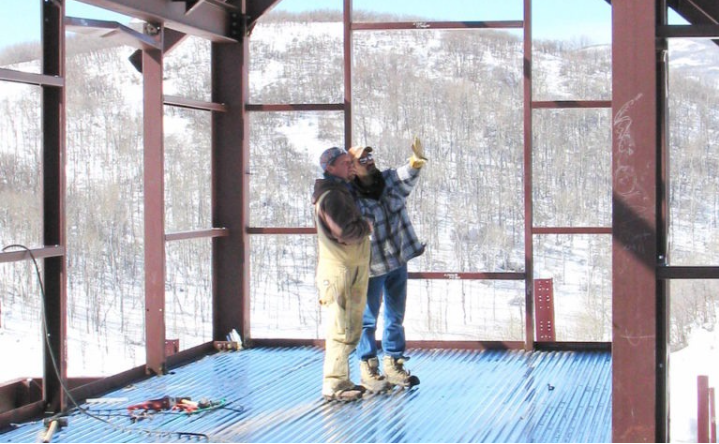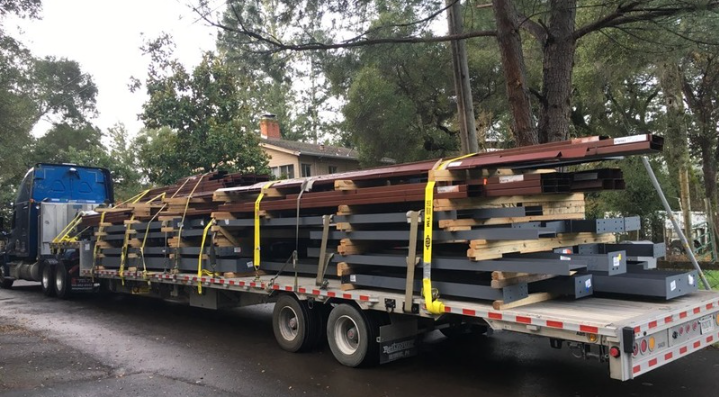Expert Opinions: How Steel is Shaping Modern Architecture

In the realm of modern architecture, steel is not just a building material—it’s a pivotal element that shapes and defines contemporary design. Renowned for its strength, versatility, and sustainability, steel has emerged as a cornerstone in modern architectural practices. This article explores the profound impact of steel on modern architecture through expert insights, highlighting how it’s revolutionizing construction and design aesthetics.
The Strength That Supports Innovation

Steel’s primary attribute, its impressive strength, allows architects to push the boundaries of what is possible in building designs. Structures that were once deemed impossible due to the limitations of traditional materials like wood and concrete are now achievable. Experts point out that steel’s high strength-to-weight ratio enables the construction of taller, more slender buildings with longer spans between supports.
“Steel allows us to create structures that are both stronger and lighter. It’s essential for high-rise buildings and large-span structures where other materials would not be feasible,” explains Dr. Emily Zhang, a structural engineer with over 20 years of experience in urban building projects.
Flexibility and Aesthetic Freedom

One of the most celebrated qualities of steel in the architectural world is its flexibility. Unlike concrete, steel can be molded into almost any shape, which is a significant advantage for modern architecture, where unique forms and dynamic structures are often at the forefront of design.
Architectural designer Mark Sullivan notes, “Steel is incredibly versatile. We can bend, fold, and curve it to meet any design vision, which opens up a world of possibilities for creativity and innovation in architecture.”
This versatility not only enhances the creative freedom of architects but also improves the functionality and adaptability of buildings. It allows for modular designs and easy expansions or modifications in response to changing needs or uses.
Sustainability: A Core Consideration
In today’s construction industry, sustainability is not just a trend—it’s a necessity. Steel stands out as an environmentally friendly option due to its recyclability. “Steel is 100% recyclable, which reduces the need for new materials and minimizes waste,” states environmental consultant Laura Gibson. “It’s a key material in green building certifications like LEED and has played a substantial role in promoting sustainable practices in construction.”
Moreover, steel buildings are often more energy-efficient, thanks to advanced fabrication techniques that improve insulation and reduce thermal bridging.
Economic Impact: Cost-Effectiveness and Efficiency

The economic benefits of using steel in construction are significant. Steel structures can be prefabricated, which means major components are built in a controlled factory environment, leading to faster construction times and reduced labor costs.
“Prefabrication not only speeds up the construction process but also enhances quality control, reducing the risk and cost associated with on-site errors,” explains construction manager Daniel Rossi.
The Future of Steel in Architecture
Looking ahead, experts believe that the use of steel in architecture will continue to grow. Innovations in steel production, such as lighter, stronger, and more corrosion-resistant alloys, promise to further enhance the capabilities and applications of steel in construction.
Conclusion
Steel’s role in modern architecture is indispensable. From its strength and flexibility to its sustainability and economic advantages, steel is not just shaping modern architecture; it is setting the foundation for the future of construction. As technology and environmental standards evolve, steel’s presence in architectural design is poised to expand, continuing to transform skylines around the world.
Experts across the field agree that steel is more than a material—it’s a pivotal force in the architectural landscape, driving innovation and sustainability. As we look to the future, steel will undoubtedly continue to influence the aesthetics and functionality of modern buildings, maintaining its position at the heart of architectural evolution. Discover more about the innovative applications of steel in modern architecture at EcoSteel.